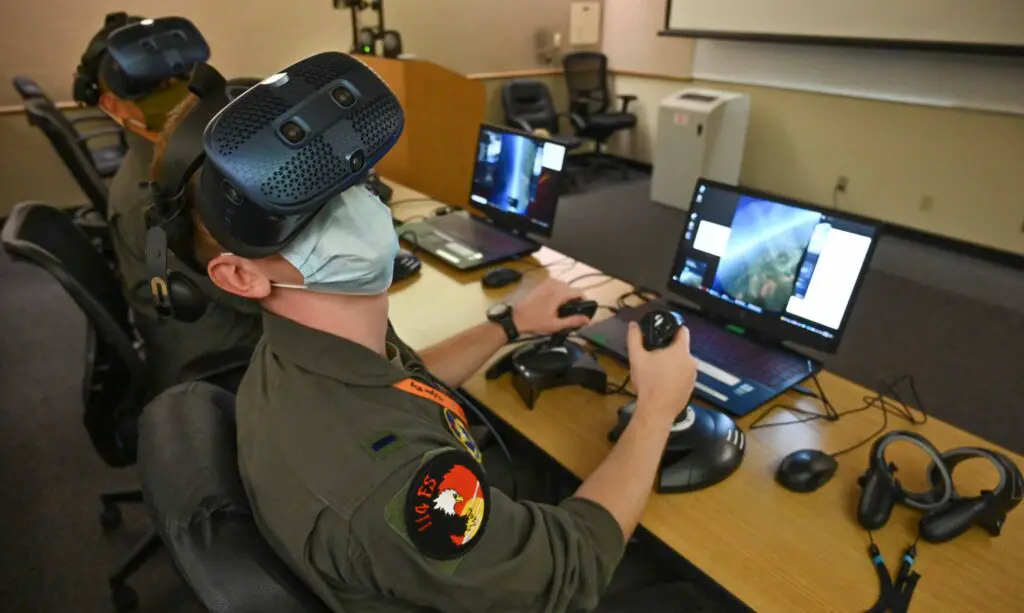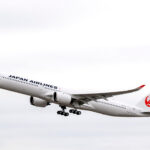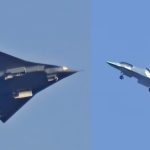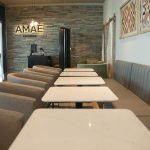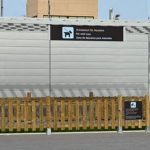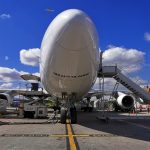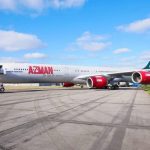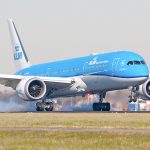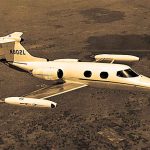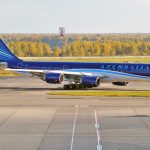Aspiring F-15 Eagle pilots arrive at the 173rd Fighter Wing to work on what many call the «most challenging course in the Air Force,» and their first flights are conducted in a virtual reality environment, sitting in front of a desk.
The U.S. Air Force’s only F-15C school, located at Kingsley Field in Klamath Falls, Oregon, requires a huge investment on the part of the students who successfully pass their curriculum and go on to join the thin ranks of fighter pilots.
For the instructor cadre, developing these future pilots requires keeping a constant eye on the role of technology in training new fleet members.
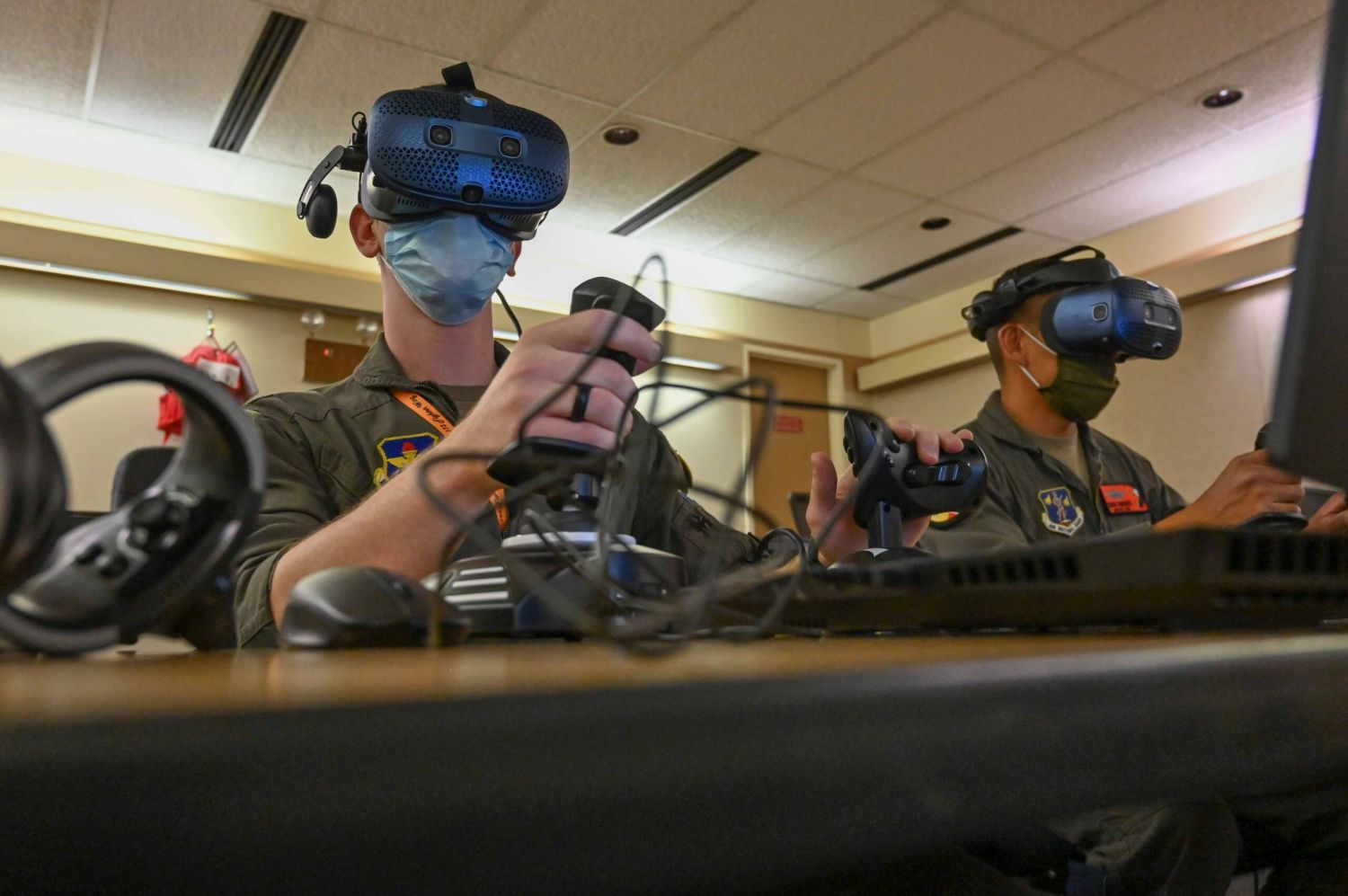
Lt. Col. Julius Romasanta is an F-15 instructor pilot who is also a commercial passenger airline pilot, explains that pilots prepare for a mission by visualizing the process from start to finish before boarding the aircraft.
«We all ‘chair fly,'» he says. «It’s the most important thing we do to prepare for any mission.»
He goes on to say that «chair flying» is the process of using imagination to mentally prepare, picturing in the mind’s eye every step from taxi to landing. While this visualization process is important, it has its drawbacks, the main one being that the visualization is not real, but is a guess at what a given situation will be like.
For example, imagining what the approach to a tanker aircraft for a student’s first in-flight refueling attempt will be like is often very different from reality.
Romasanta approaches this issue based on his military and civilian background. He is bringing a new tool to student pilots on the wing that he calls «enhanced chair flying.» With a standard laptop computer, joystick, throttle controller and virtual reality goggles, which can be purchased at electronics or game stores, each student can watch real, recorded flight missions, or fly simulated missions from his or her desk or at home.
«When I say ‘chair flying,’ I usually mean you can imagine what your mission is going to be like,» he said. «Well, now you can actually fly the mission and experience it, while controlling the aircraft yourself.»
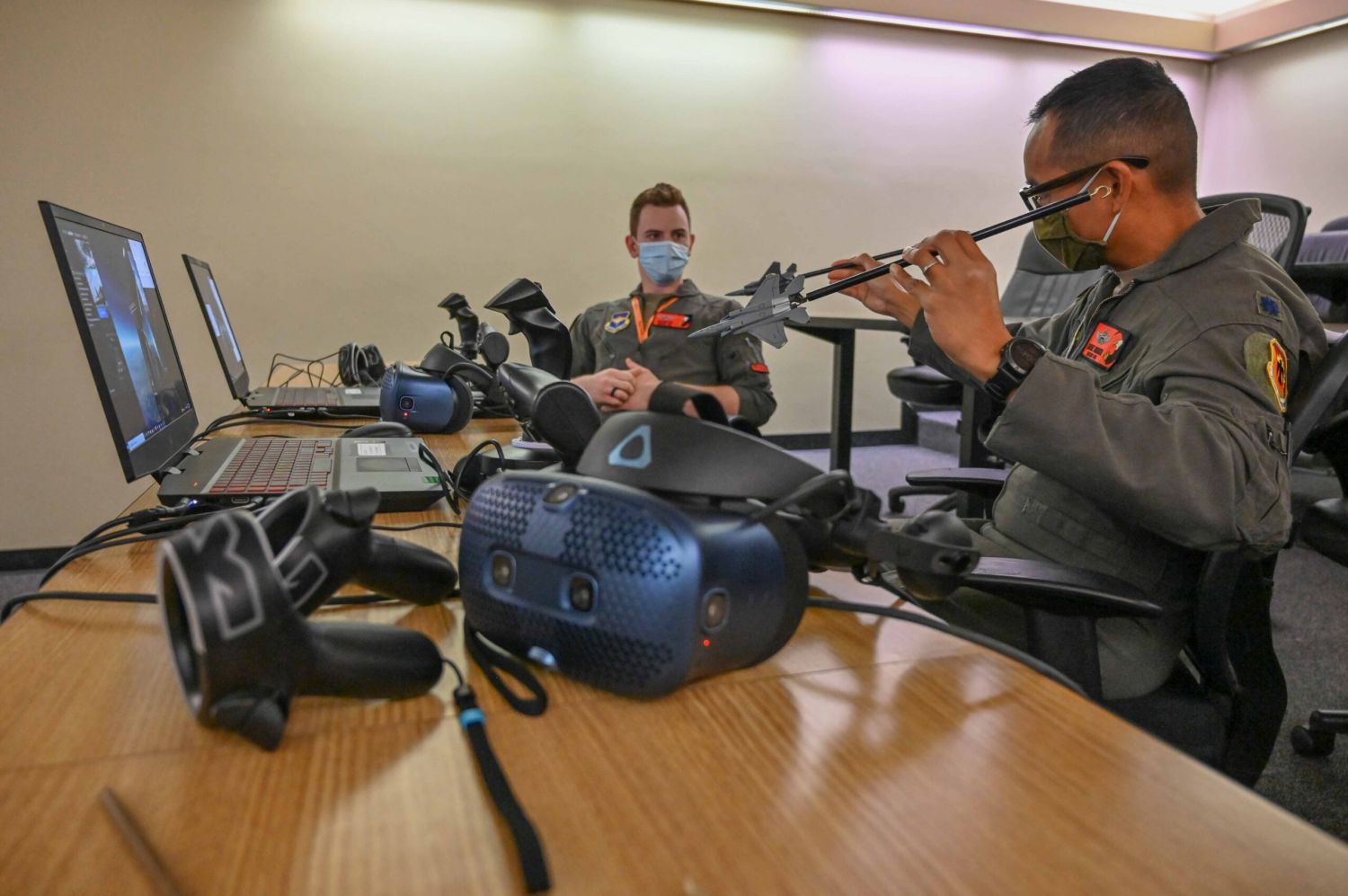
Students can practice aerial dogfights and formation flying, after turning on the laptop and putting on the VR goggles, as well as battle another student by connecting two computers, he added.
Student pilot Lt. Martin Sipe commented, «Learning the concepts and then immediately seeing what it should look like from the perspective of the aircraft is huge in preparing to fly that dogfight.»
When student pilots put on the standard virtual reality goggles, they see Kingsley Field from the cockpit, from startup to takeoff and the mission over the range space. Romasanta accomplished this by capturing videos during their training missions, which supply most of the content.

To make sure the VR application was suitable for home use, he asked Air Combat Command-approved personnel to review his recordings and clear the product.
«This is the perfect use of this VR technology to really show people where you’re going to go, what it looks like and how long it’s going to take.»
Student pilots also rely on the state-of-the-art simulators housed at the base, which provide a fully immersive experience; however, that facility is not available outside of the duty day.
«My initial task was to ‘provide something that students could take home,'» Romasanta said.
This «enhanced chair flying» doesn’t replace valuable student simulator time, but adds another layer to it. It is a layer that will likely find a home for future classes of students with its combination of low cost and realistic training.

